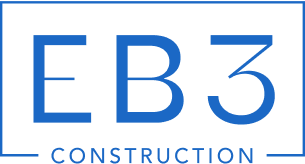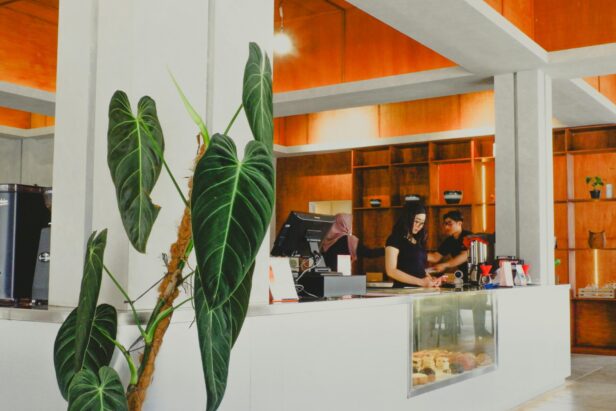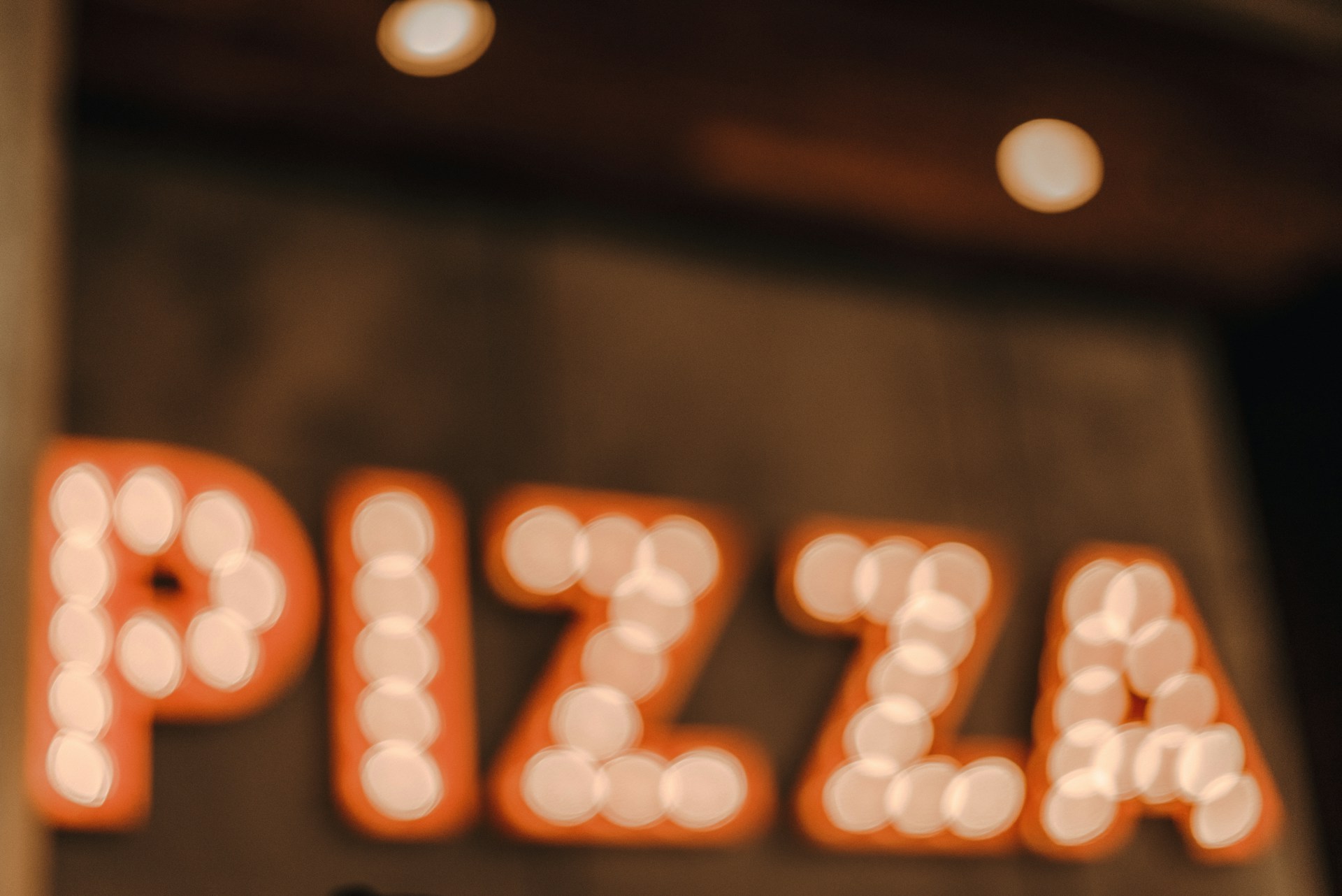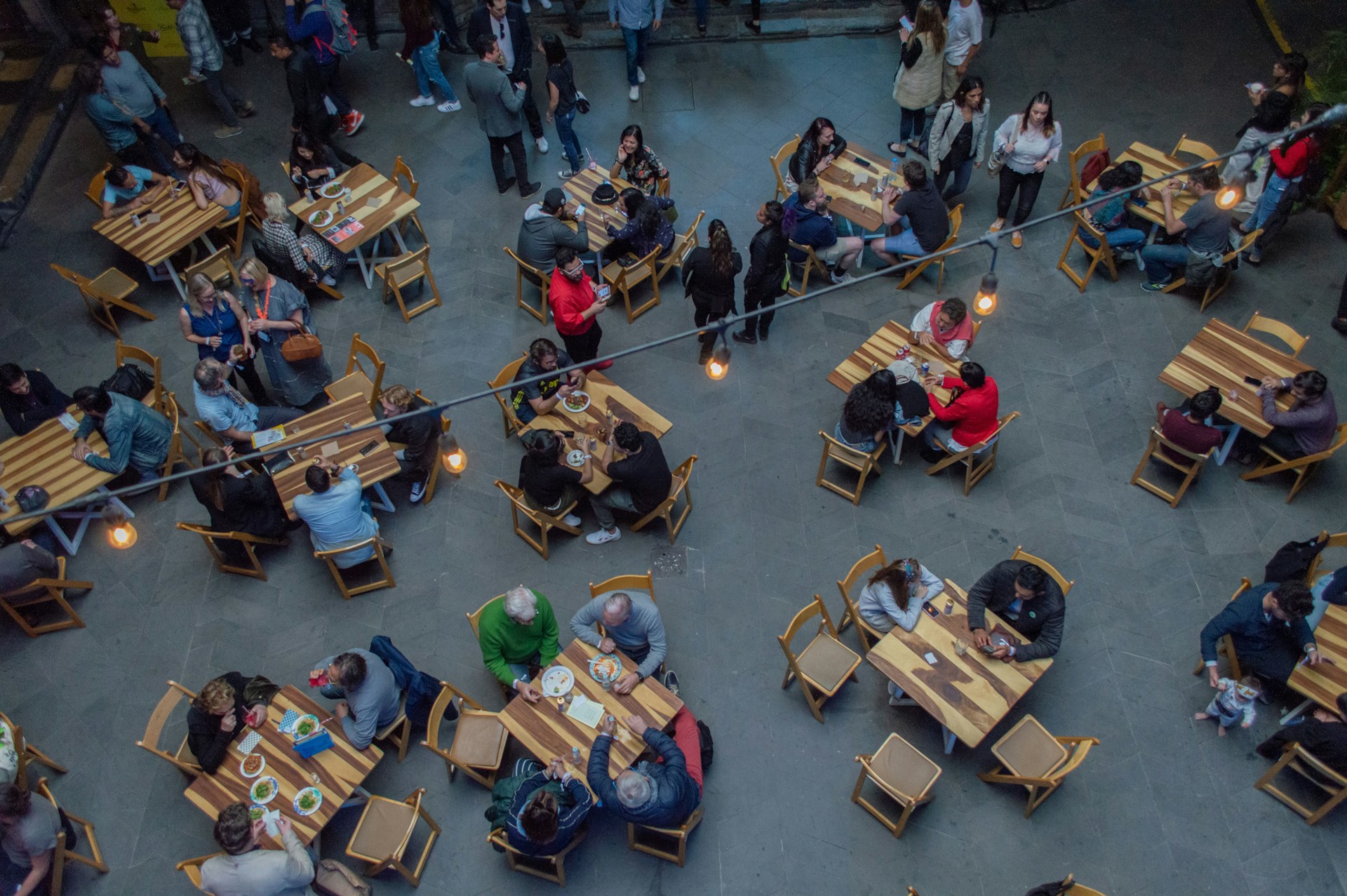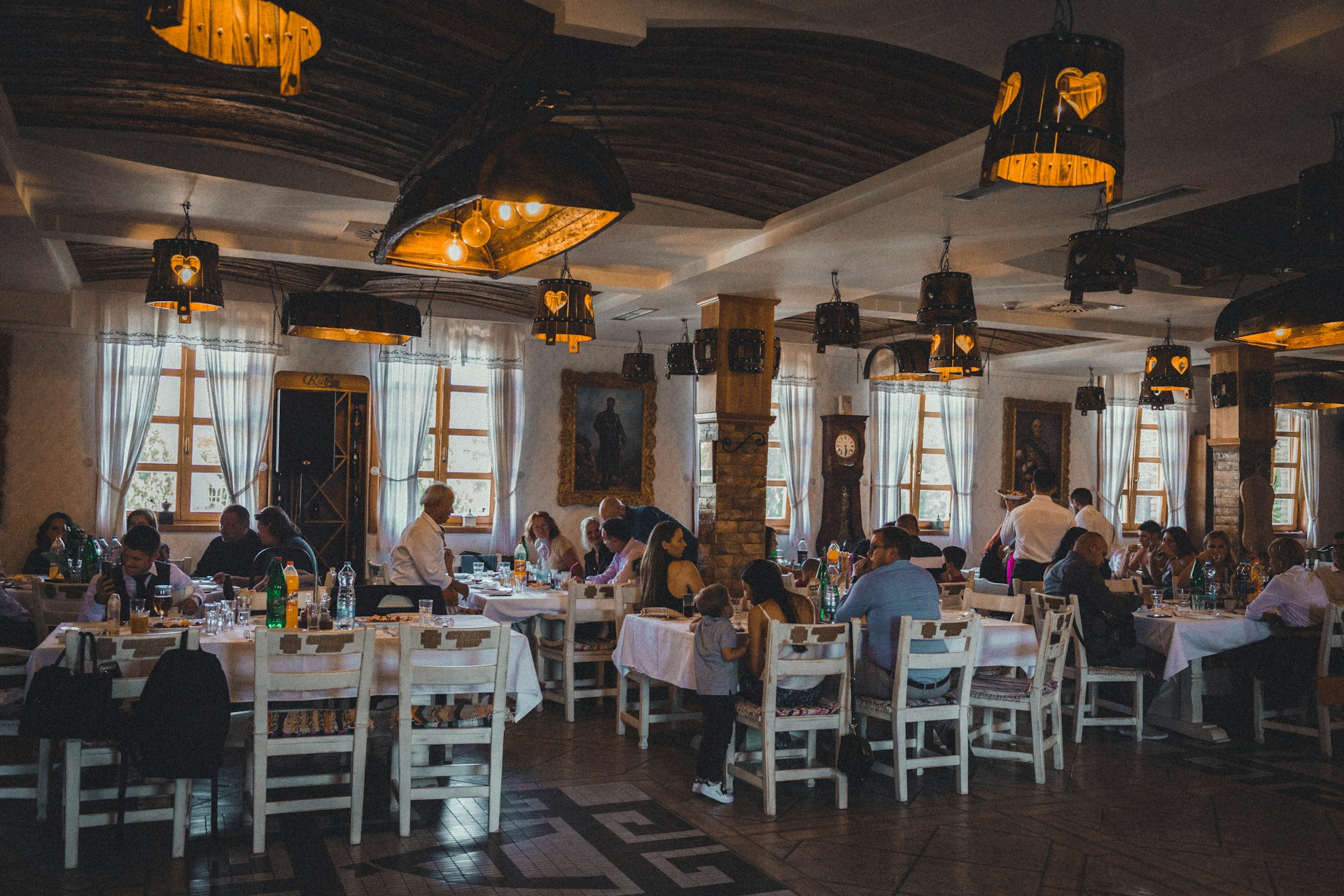Imagine walking into a coffee shop for the first time. Before placing an order, you’re captivated by the warm lighting, cozy seating, and inviting aroma. The layout guides you smoothly to the counter, where a striking menu board presents tempting options. This carefully designed environment immediately puts you at ease and makes you want to linger.
At EB3 Construction, we believe design plays a crucial role in running a successful coffee shop. Beyond serving great coffee, the ambiance significantly attracts customers. A well-designed coffee shop conveys that your business is approachable, appealing, and welcoming to the community it serves. Whether you’re opening your first coffee shop or renovating an existing space, understanding how design influences customer experience is key to long-term success.
The impact of design on a coffee shop’s bottom line is significant. Studies show that customers are 40% more likely to return to a business with an appealing atmosphere. Additionally, 75% of first-time visitors form their opinion of a cafe within the first 30 seconds—before they’ve even tasted the coffee. With fierce competition in the specialty coffee industry, creating a welcoming environment through thoughtful design can be your key differentiator.
From the layout that guides customer flow to the lighting that sets the mood, every design choice matters. Effective coffee shop design considers factors like:
What Are the Most Popular Coffee Shop Design Styles?
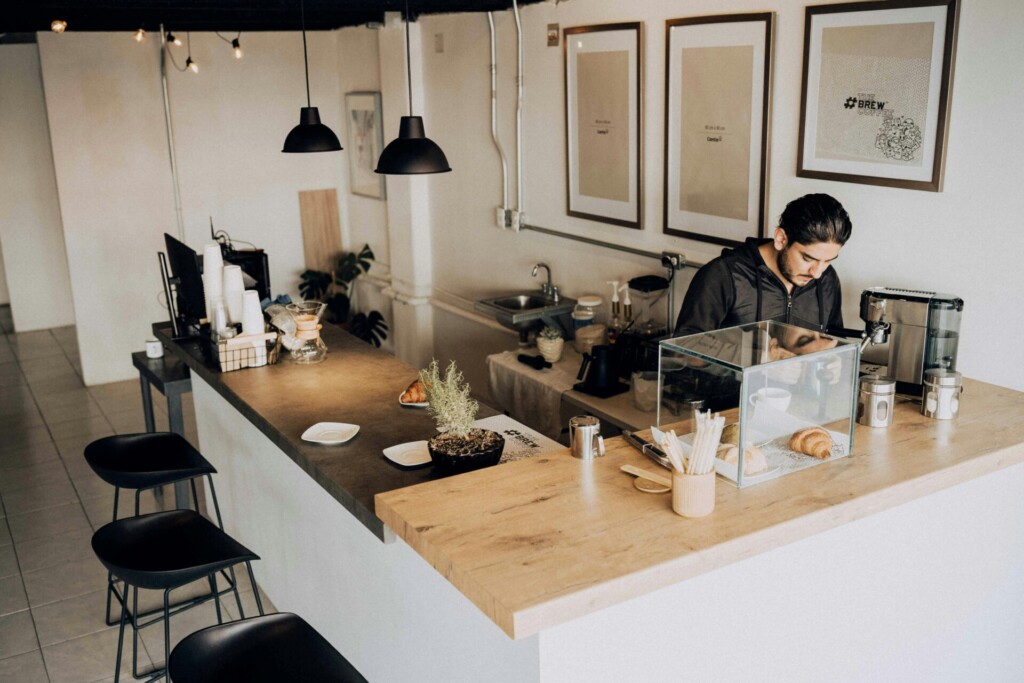
Coffee shops embrace various design styles to create unique experiences for their customers. Here are some of the most popular aesthetics shaping modern cafes:
Industrial
Industrial designs draw inspiration from warehouses and factories, featuring:
- Exposed architectural elements like ductwork and beams
- Open floor plans with high ceilings
- Raw materials such as metal, concrete, and reclaimed wood
- Exposed brick walls
- Edison bulb lighting fixtures
The industrial look creates an edgy, urban vibe perfect for hip neighborhoods and creative professionals.
Minimalist
Minimalist cafes embrace simplicity and functionality, inspired by Scandinavian and Japanese design principles:
- Clean lines and uncluttered spaces
- Neutral color palettes of whites, grays, and light woods
- Ample natural light from large windows
- Simple, streamlined furniture
- Thoughtful use of negative space
This style fosters a sense of calm and allows the coffee to take center stage.
Modern
Modern coffee shop interiors prioritize function over form:
- Simple, intentional furnishings with practical purposes
- Sleek surfaces and geometric shapes
- Bold pops of color against neutral backgrounds
- Integration of technology like charging stations
- Modular seating arrangements for flexibility
Modern designs cater to efficiency-minded customers and remote workers.
Rustic
Rustic cafes evoke a cozy, countryside feel:
- Natural, organic materials like rough-hewn wood
- Stone accents and fireplaces
- Warm, earthy color palettes
- Vintage cafe decor and antique finds
- Plush, comfortable seating
This style creates a homey atmosphere that encourages lingering over coffee.
Biophilic
Nature-inspired biophilic designs bring the outdoors in:
- Abundant use of plants and living walls
- Natural materials like bamboo and cork
- Large windows framing outdoor views
- Water features for a soothing ambiance
- Sustainable and eco-friendly furnishings
Biophilic coffee shops attract environmentally-conscious consumers and promote well-being.
By thoughtfully incorporating elements from these popular styles, coffee shop owners can create distinctive spaces that resonate with their target customers and complement their brand identity. The key is to blend aesthetics with functionality to craft an inviting atmosphere where patrons want to linger over their lattes.
How Can Coffee Shop Layout Improve Customer Experience?
A thoughtfully designed coffee shop layout is crucial for enhancing customer experience and operational efficiency. At EB3 Construction, we approach coffee shop design with a focus on optimizing customer flow and barista workflow. Here’s how we create layouts that delight customers and boost your bottom line:
Strategic Counter Placement
We position the ordering counter near the entrance to provide a clear focal point as customers enter. This reduces confusion and creates an intuitive path for new visitors. The counter layout is designed to accommodate peak times, with enough space for multiple registers to prevent long queues from forming.
Visible Display Cases
We place pastry and food display cases within sight of waiting customers. This strategic placement encourages impulse purchases and allows patrons to consider their options before reaching the register. We ensure proper lighting to showcase your offerings and make them irresistible.
Efficient Back Bar Design
The heart of any coffee shop is its back bar. We engineer this area for maximum barista efficiency, positioning equipment to minimize unnecessary movement. Our layouts consider the coffee-making workflow, from grinder to espresso machine to milk fridge, ensuring a smooth process that reduces wait times and increases output during rush hours.
Clear Customer Pathways
We create distinct paths for ordering, pickup, and accessing condiments. This separation of traffic reduces congestion and improves overall flow. Proper signage and visual cues guide customers effortlessly through the space, enhancing their experience and reducing staff interruptions.
Varied Seating Options
Understanding that different customers have different needs, we incorporate a mix of seating arrangements. This typically includes:
- Comfortable lounge areas with sofas for those wanting to relax or have informal meetings
- Bar seating along windows or counters for solo customers or those making short visits
- Traditional table setups for small groups or individuals working on laptops
- Larger tables or semi-private areas for business meetings or study groups
We tailor these options to your target demographic, whether it’s students, professionals, or a mix of both.
Technology Integration
To meet modern needs, we ensure ample power outlets and USB charging stations are available throughout the seating areas. We also consider the placement of Wi-Fi routers to provide consistent coverage across the space, catering to customers who may be working or studying.
Accessibility and Comfort
Our layouts always prioritize accessibility, ensuring clear pathways for customers with mobility aids. We also pay attention to acoustics, using materials and design elements that absorb sound and create a pleasant auditory environment, even during busy periods.
| Design Style | Key Features |
|---|---|
| Industrial | Exposed architectural elements, open floor plans, raw materials, brick walls, Edison bulb lighting fixtures |
| Minimalist | Clean lines, neutral color palettes, ample natural light, simple furniture, thoughtful use of space |
| Modern | Simple furnishings, sleek surfaces, bold color contrast, technology integration, modular seating |
| Rustic | Natural materials, stone accents, warm color palettes, vintage decor, comfortable seating |
| Biophilic | Use of plants and living walls, natural materials, large windows, water features, eco-friendly furnishings |
By focusing on these key layout elements, we create coffee shop spaces that not only look great but function seamlessly. The result is a more enjoyable customer experience, increased efficiency for staff, and ultimately, a more profitable operation for owners. Our approach to coffee shop design goes beyond aesthetics, considering every aspect of the customer journey and operational needs to deliver a space that truly works.
What Elements Create Comfort and Functionality in Coffee Shop Design?
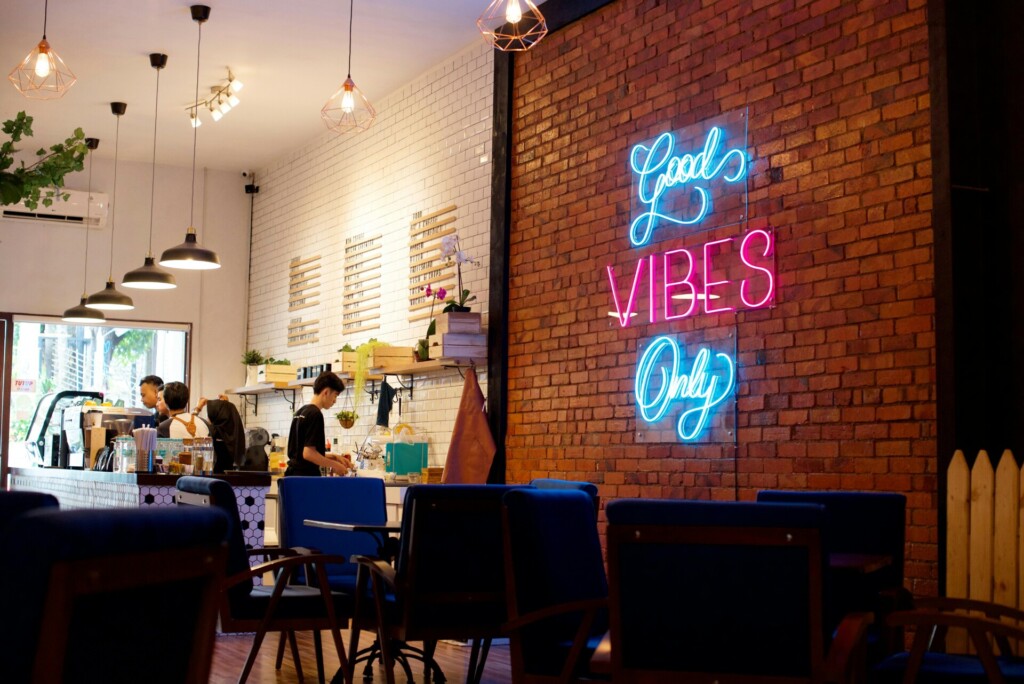
Creating a comfortable and functional coffee shop involves harmonizing several key design elements to enhance the customer experience. We carefully evaluate each aspect when planning our cafe spaces to fulfill both practical needs and aesthetic goals.
Lighting
Lighting is crucial for setting the right mood and ambiance. We prioritize natural light wherever possible, as it fosters an open, inviting atmosphere and can boost customers’ mood. However, we balance this with proper shading and temperature control. For artificial lighting, we prefer warm fixtures like pendant lamps or track lighting with dimmable incandescent or LED bulbs. This lets us adjust light levels throughout the day and avoid the harsh glare of fluorescents, which can make spaces feel clinical.
Seating and Layout
The choice of furniture and seating layout depends on the desired customer experience. For shops encouraging longer visits, we incorporate a mix of soft couches, armchairs, and coffee tables to promote relaxation. In high-turnover cafes, we use more upright chairs and smaller tables to facilitate quicker visits. Regardless of style, we ensure seating is comfortable and sturdy for daily use.
We also consider the needs of remote workers and students by providing ample electrical outlets and ensuring strong, reliable WiFi coverage. Some of our cafes feature dedicated work zones with task lighting and ergonomic seating for extended computer use.
Flooring
Flooring choice balances aesthetics with practicality. We often use durable, easy-to-clean materials that can handle high foot traffic and the occasional spill. Popular options in our designs include:
- Acid-etched or polished concrete for an industrial look
- High-quality, non-slip tiles in stone or ceramic
- Commercial-grade vinyl planks that mimic wood
The key is choosing flooring that complements the overall design while being safe and low-maintenance for staff.
Interior Finishes
Wall colors and finishes unify the design. We typically choose lighter, earthy tones to create a warm, inviting environment. These colors also make spaces feel larger and brighter. Accent walls or subtle patterns can add visual interest without overwhelming the senses.
We often incorporate natural materials like wood and stone to add texture and character. Exposed brick or beams can lend an authentic, rustic charm in the right setting. The goal is to craft a cohesive look that reinforces the cafe’s brand identity.
Acoustics and Sound Design
Sound design is a critical yet often overlooked element of cafe comfort. We optimize acoustics for conversation while minimizing disruptive noise. This might involve:
- Installing sound-absorbing materials on walls or ceilings
- Using upholstered furniture to dampen noise
- Positioning speakers strategically for even music distribution
- Creating separate zones to contain louder activities
Appropriate background music, played at a suitable volume, can greatly enhance the ambiance and customer experience.
| Design Element | Industrial | Minimalist | Modern | Rustic | Biophilic |
|---|---|---|---|---|---|
| Materials | Metal, concrete, reclaimed wood | Light woods, neutral colors | Sleek surfaces, geometric shapes | Rough-hewn wood, stone accents | Natural materials like bamboo and cork |
| Lighting | Edison bulbs | Ample natural light | Integration of technology | Warm, earthy tones | Natural light, living walls |
| Color Palette | Raw, exposed elements | Whites, grays | Bold pops of color | Earthy, warm | Greens, natural tones |
| Furnishings | Open plans, high ceilings | Simple, streamlined | Modular seating arrangements | Plush, comfortable | Sustainable furnishings |
| Ambiance | Edgy, urban | Calm, clean | Functional, efficient | Homey, cozy | Nature-inspired, eco-friendly |
By thoughtfully considering each of these elements, we create coffee shop environments that are not only visually appealing but also truly comfortable and functional for both customers and staff. The key is to find the right balance for your specific concept and target audience.
How Do Modern Trends Influence Coffee Shop Design?
The modern coffee shop has evolved far beyond a simple place to grab a quick caffeine fix. Today’s cafes are dynamic, multifunctional spaces catering to a variety of customer needs and preferences. We are witnessing a transformation driven by societal shifts, technological advancements, and changing consumer expectations.
One of the most significant trends shaping coffee shop design is the rise of remote work. With more professionals untethered from traditional offices, cafes have become de facto coworking spaces. This shift requires thoughtful design considerations:
- Robust, high-speed WiFi networks capable of supporting multiple devices
- Ample power outlets strategically placed throughout the space
- Various seating options to accommodate both solo workers and small groups
- Quieter zones for focused work, separate from more social areas
A 2023 study by Workplace Intelligence found that 62% of remote workers regularly use coffee shops as alternative workspaces, emphasizing the importance of this trend.
Sustainability has become another crucial factor in modern cafe design. As environmental consciousness grows, customers increasingly seek out businesses that align with their values. This has led to:
- Incorporation of biophilic design elements, bringing nature indoors through plants and natural materials
- Use of recycled or sustainably sourced materials in furniture and decor
- Emphasis on reusable cups and minimizing disposable packaging
- Energy-efficient lighting and appliances
The ‘Instagram effect’ continues to play a significant role in cafe aesthetics. In our visually-driven social media culture, the look of a space can be as important as the quality of its coffee. Cafes are investing in:
- Eye-catching feature walls or art installations
- Unique lighting fixtures that create a warm, inviting ambiance
- Carefully curated color palettes that photograph well
- Distinctive seating areas or nooks that beg to be shared online
To stand out in a crowded market, some cafes are expanding beyond traditional offerings. We’re seeing a rise in specialized experiences such as:
- Artisanal tea services with curated selections and proper brewing equipment
- Coffee cocktail bars that blend mixology with specialty coffee
- Educational spaces for coffee classes and tastings
Efficiency remains a priority, especially as cafes navigate changing customer behaviors post-pandemic. Design innovations in this area include:
- Mobile ordering systems integrated with store layouts for seamless pickup
- Dedicated curbside pickup areas for quick, contactless service
- Streamlined counter designs that optimize workflow for baristas
Notably, Starbucks has been at the forefront of this trend, redesigning many locations to include dedicated pickup counters for mobile orders.
It’s important to recognize that these trends don’t apply universally. The specific design choices a cafe makes should reflect its local market, target demographic, and brand identity. A cafe in a bustling urban center might lean heavily into the coworking trend, while one in a more residential area might focus on creating a cozy, community-oriented space.
As we look to the future, we can expect coffee shop design to continue evolving. The challenge for cafe owners and designers will be to create spaces that are adaptable, sustainable, and engaging—all while maintaining the core purpose of serving great coffee in a welcoming environment.
| Design Style | Key Features |
|---|---|
| Industrial | Exposed architectural elements, open floor plans, raw materials, Edison bulb lighting |
| Minimalist | Clean lines, neutral color palettes, natural light, uncluttered spaces |
| Modern | Function over form, sleek surfaces, geometric shapes, technology integration |
| Rustic | Natural materials, warm color palettes, vintage decor, plush seating |
| Biophilic | Abundant plants, natural materials, large windows, water features |
Conclusion: Creating Your Unique Coffee Shop Design
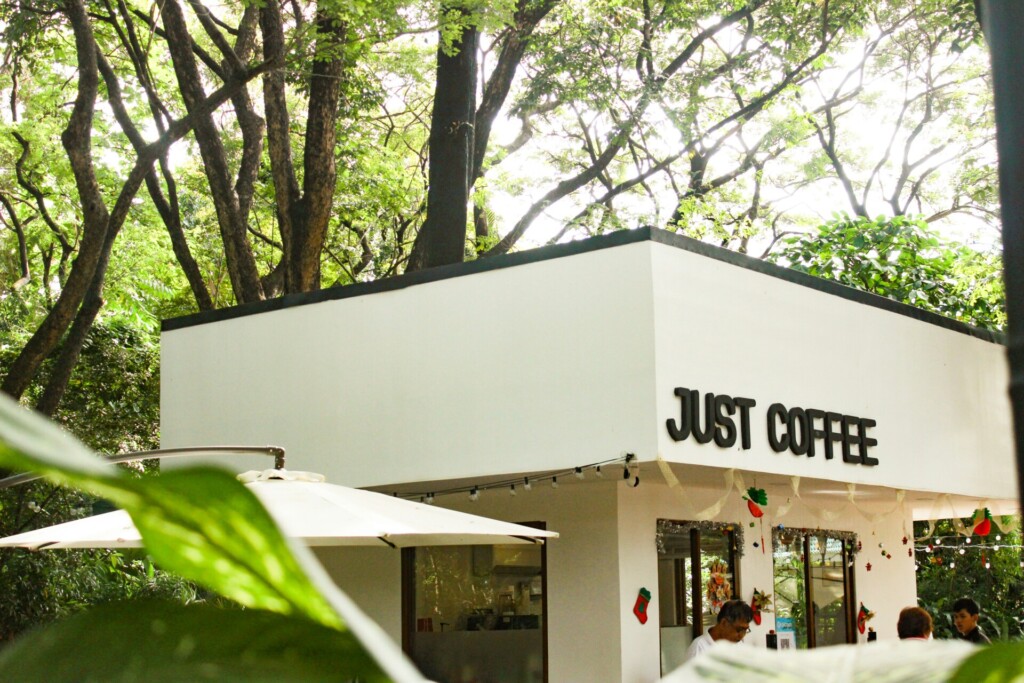
Designing a coffee shop requires balancing aesthetics, functionality, and brand identity. Start by researching successful cafes to identify elements that align with your vision. Consider your target audience and how design can enhance their experience. While professional design assistance is valuable, understanding the principles of good coffee shop design enables you to make informed decisions.
Remember, your coffee shop’s design should authentically reflect your brand while addressing the practical needs of both customers and staff. Ultimately, the most successful coffee shops create environments where people return for more than just the coffee—they return for the full experience.
As you embark on planning your coffee shop, keep these key principles in mind:
- Stay true to your unique brand identity.
- Prioritize customer comfort and flow.
- Balance form and function in your layout.
- Create an inviting atmosphere that encourages lingering.
- Design with both customers and staff in mind.
With thoughtful planning and an understanding of coffee shop design fundamentals, you can create a space that delights customers and embodies your vision. The perfect coffee shop design is out there, waiting for you to bring it to life.
Now it’s time to take the next step. How will you apply these principles to craft a coffee shop experience that’s uniquely yours? The world is waiting for your vision—go create something extraordinary.
Contact EB3 Construction to learn how we can help bring your coffee shop design to life.
